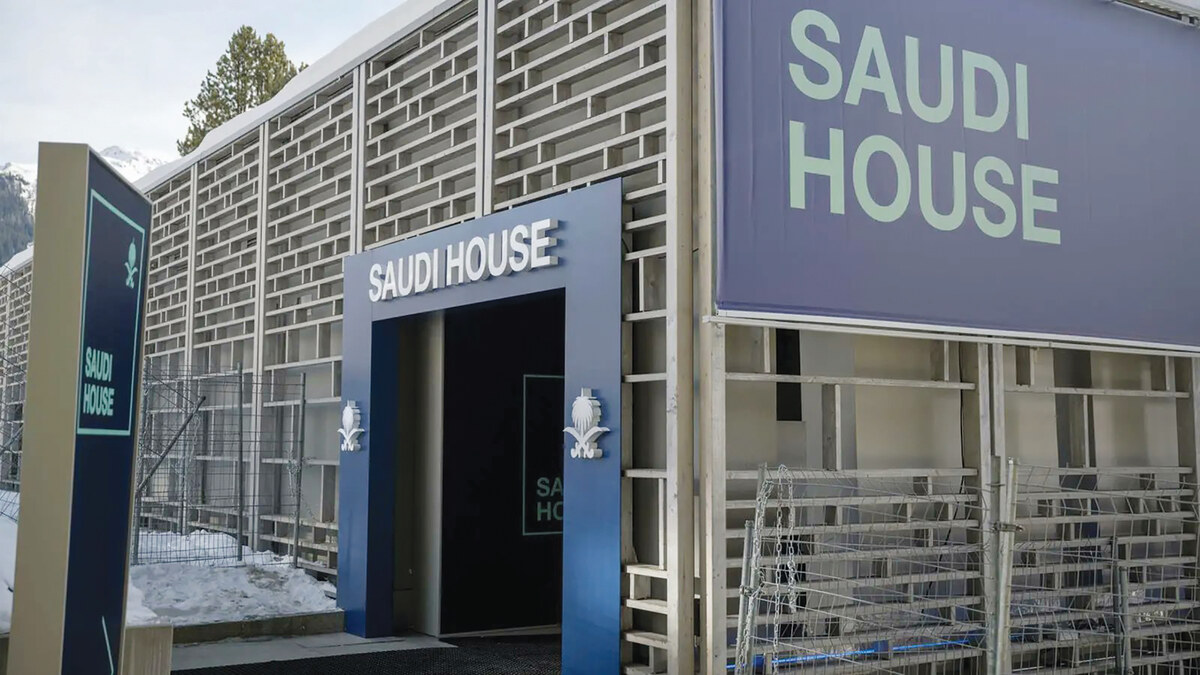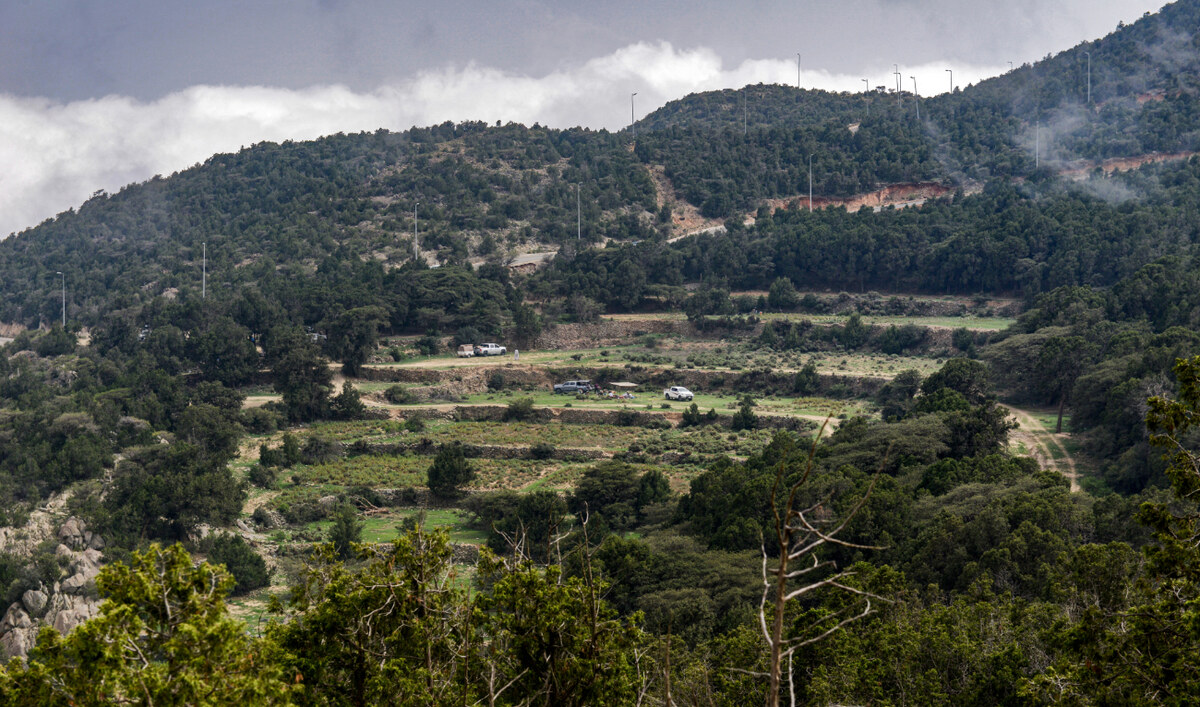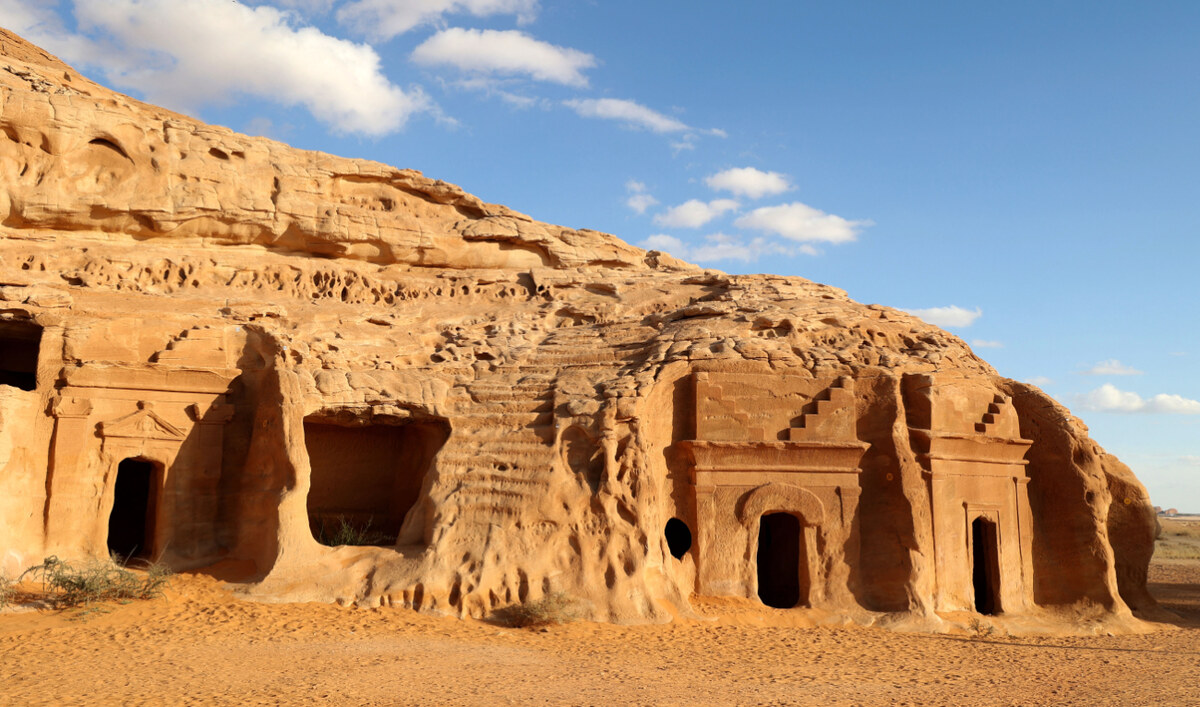RIYADH: The fully operational output of Kuwait’s Al-Zour Refinery has reached 615,000 barrels per day, in line with the country’s plan to boost oil refining capacity.
The facility’s daily output, which is the cornerstone of the state-run Kuwait Petroleum Corp., includes some 86,000 bpd of premium naphtha, 99,000 bpd of jet fuel, and 147,000 bpd of low-sulfur diesel, respectively, the Saudi Press Agency reported.
Al-Zour is the second-largest refinery in the Middle East and ranks seventh in the world’s list of the biggest such facilities based on daily capacity.
In 2023, the International Trade Administration revealed that oil accounts for around 95 percent of Kuwait’s exports and approximately 90 percent of government export revenue.
According to the Organization of the Petroleum Exporting Countries, also known as OPEC, the country’s crude oil exports stood at 1.879 million bpd in 2022. During the same year, oil accounted for $41,493 of gross domestic product per capita.
According to KPC CEO Sheikh Nawaf Al-Sabah, the nation will now “reap the benefits” of the facility, the principal among them being a sharp rise in Kuwait’s crude oil exports.
By operating at its maximum capacity, the Al-Zour refinery will further enhance Kuwait’s global competitiveness by producing high-quality oil-based products.
Additionally, Al-Sabah noted that he was “proud” of the dedication and commitment of KPC’s national workforce, stressing that their experiences in handling such a critical project would serve them well throughout their professional careers, enabling them to better deal with future endeavors.
This daily yield is produced while keeping carbon emissions in check, aligning well with the commitment of the major oil supplier and member of the OPEC consortium toward environmental sustainability goals.
Moreover, operating in full swing, the facility is positioned to elevate KPC’s regional standing by playing a significant role in achieving the company’s major objectives.
The output increase comes despite the fact that OPEC and its allies, known as OPEC+ member recently announced an extension of additional voluntary cuts of 135,000 million bpd for the second quarter of 2024 in order to support the stability and balance of oil markets.
Kuwait’s economy remains highly dependent on the oil sector, with the country holding approximately 7 percent of global oil reserves.
Moreover, Wadha Al-Khatib, acting CEO of KPC affiliate Kuwait Integrated Petroleum Industries Co., highlighted that the opening of Al-Zour refinery would “usher in a new era” in Kuwait’s oil industry, in addition to acting as a “launchpad” for greater output capacity in line with environment safety standards.
Al-Khatib continued to emphasize that around 30 countries worldwide have benefited from the rise in Kuwaiti oil exports.
Launched in 2022, Al-Zour alone has boosted total refining capacity from 800,000 bpd to 1.415 million bpd, the official underlined, giving due credit to the national workforce’s commendable efforts in navigating the challenging journey that led to the facility’s complete operational status.


























